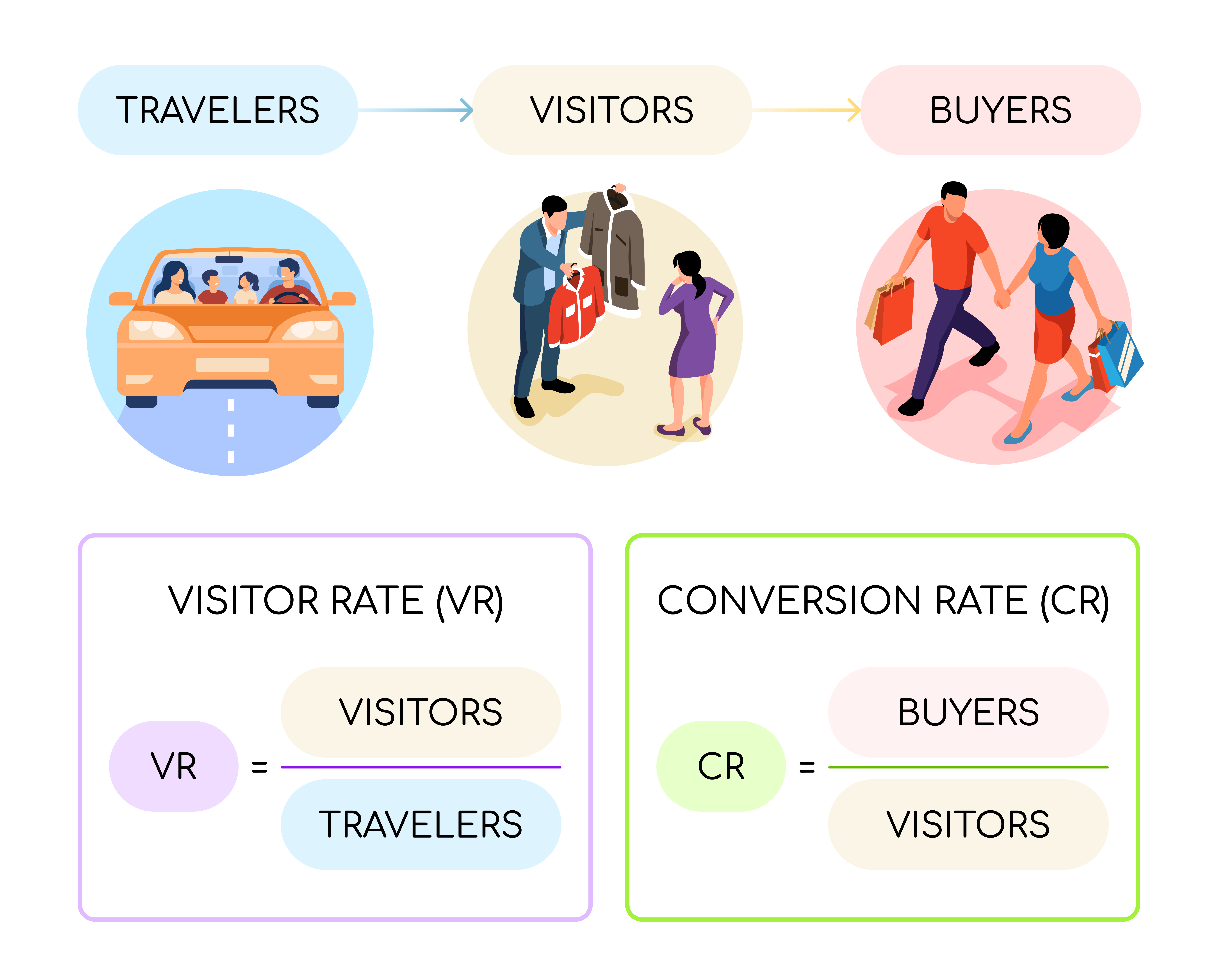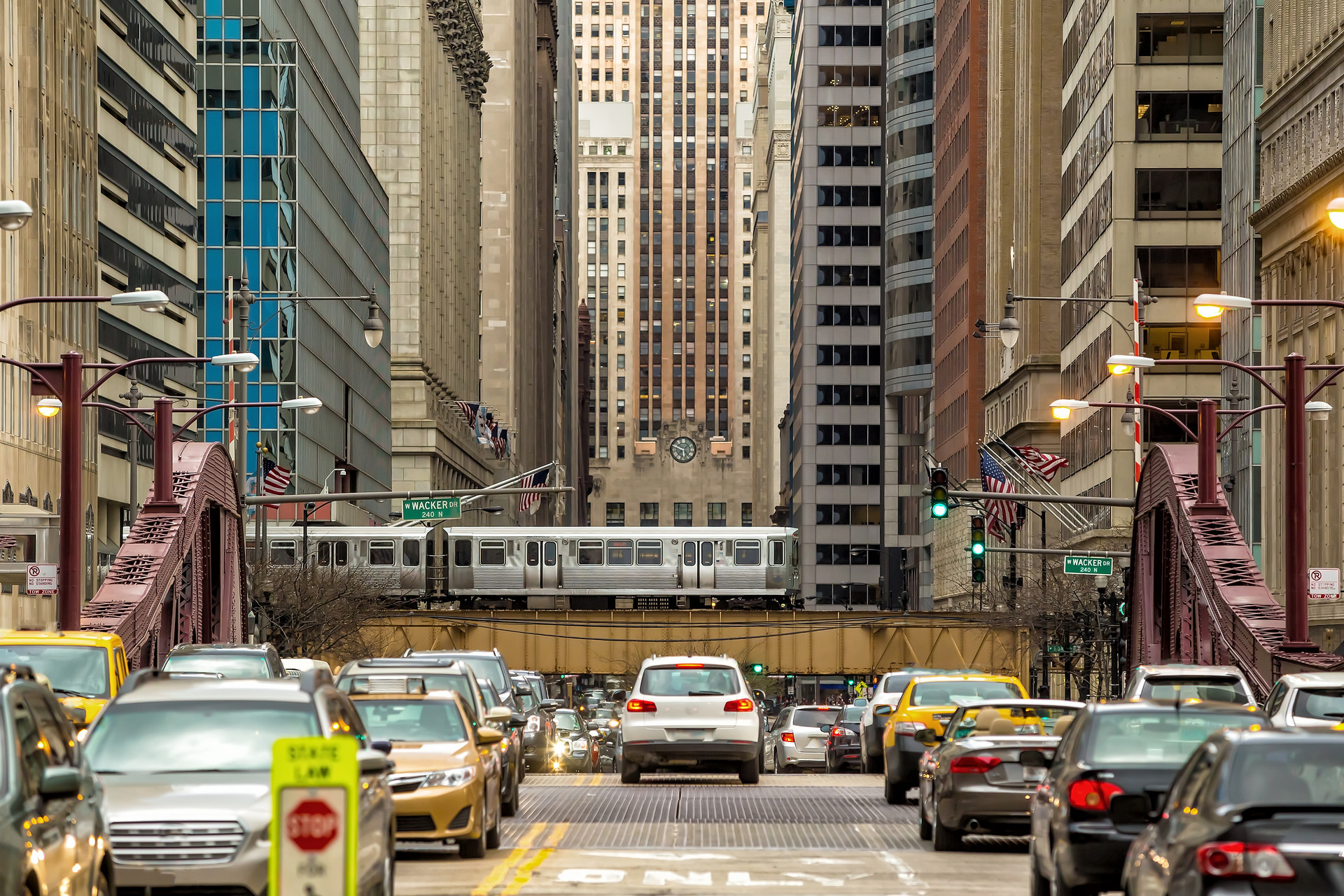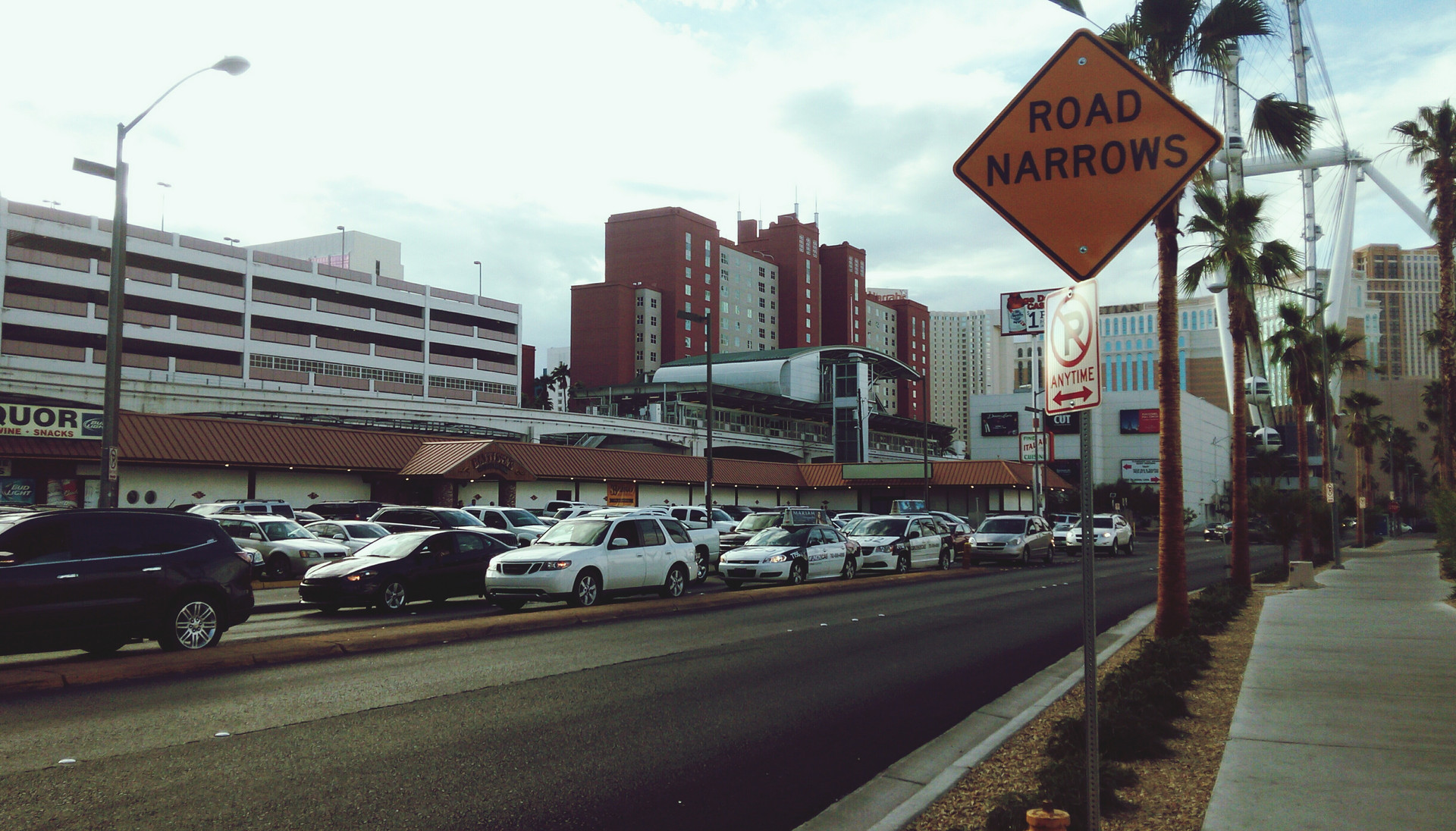https://csite.ticon.co/post/role-of-traffic-flow-data-in-proactive-management-of-c-store-operations

Try TrafficZoom’s AADT metrics today with a free trial
Get instant access nowIt is well known that 91% of С-Store customers drive their vehicles to the stores. It should be obvious, then, that the changes in traffic flow parameters, especially at the road sections adjacent to the c-store, define the personnel work schedules, revenue and other vital c-store operations metrics.
In December 2022, we published a blog in which discussed the importance of intraday/ intraweek/seasonal temporal fluctuations for personnel and supply planning. These fluctuations should be estimated for each individual site due to their unique nature, and refreshed at least biannually, because on account of the general transportation dynamic of the country, it is hard to make long-term predictions.
We developed a new representation format for traffic fluctuations data as a Heat Map, which helps the store manager to track the visitor load and plan the allocation of personnel to support the load as it changes over the day, week, and season. For these purposes you can get by relative traffic volume values.
Still, there is at least one situation in a store operation, when the true (absolute) traffic volume values are needed: it’s when the c-store wants to have more customers. There are two ways of achieving this. The first is to advertise your store and its products in the trade spot (a geographical area within 15-minute drive – or other chosen distance - to the store, from which all or most of the store’s sales volume occurs), and the second is to place your advertising on the adjacent roads.
The first task is supported by defining the borders of the trade spot under the real traffic conditions at the adjacent roads, adding the detailed data on sex and age distribution of the population there, as well as the parameters of your target audience. We use these data to range the TAZ polygons covered by the trade spot, in order to define the advertising priorities.
For the second task it is important to understand the impact of traffic flow on c-store clientele. To better define it, we looked into the rate of conversion from the number of vehicles passing by the location, to the number of vehicles stopping to shop - for various retail establishments. This parameter may be called “Visitor Rate” to distinguish it from what is generally understood as a “Conversion Rate” – which is a ratio of visitors who made a purchase to the total store visitors.

Our research of Visitor Rate indicates that for c-stores it may vary within a range of 3 to 14 percent for the adjacent roads, and 0.5 to 4 percent for the nearby highways. This information, along with true traffic volume values for the roads, can be used for directing the appropriate placement of advertising messages, based on the appropriate values of Visitor Rate for the roads of certain classes. This information is necessary to understand what outcomes can be expected from placing the billboard advertising at various roads leading to the location, or freeways passing by it.
We are not going to tell you what to write in your advertising – it is your business and nobody knows it better than you – but based the information on true traffic volumes and expected visitor rates, which we can estimate y for all roads in your trade spot, you can conclude where is the best place to put it.
Thus, by using our report C-Site Insight for operation, you can implement the proactive approach to managing your c-store not only by reducing the expenses through optimal personnel and supply management, but also by proactive approach to expansion and management of the customer base.














